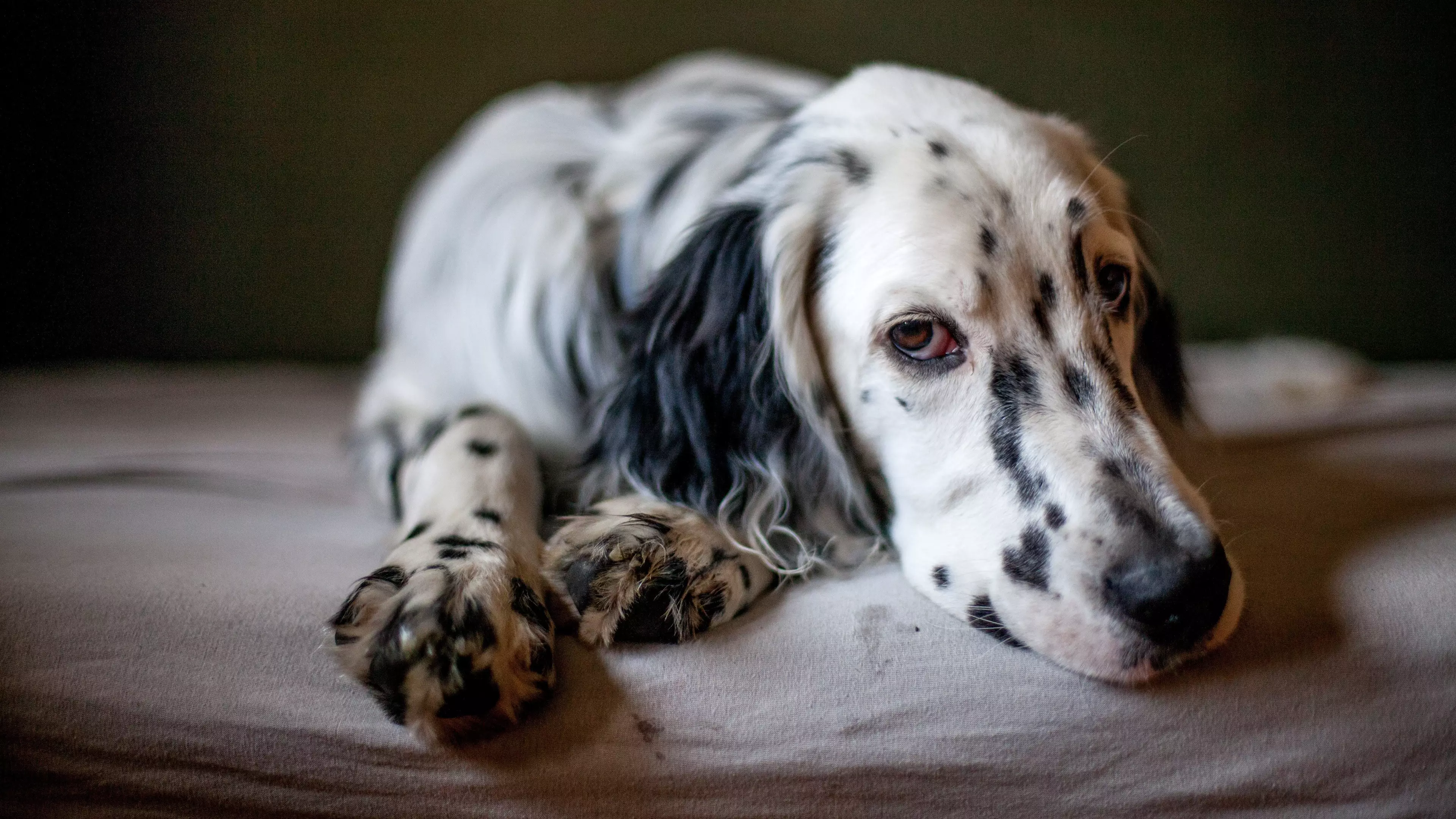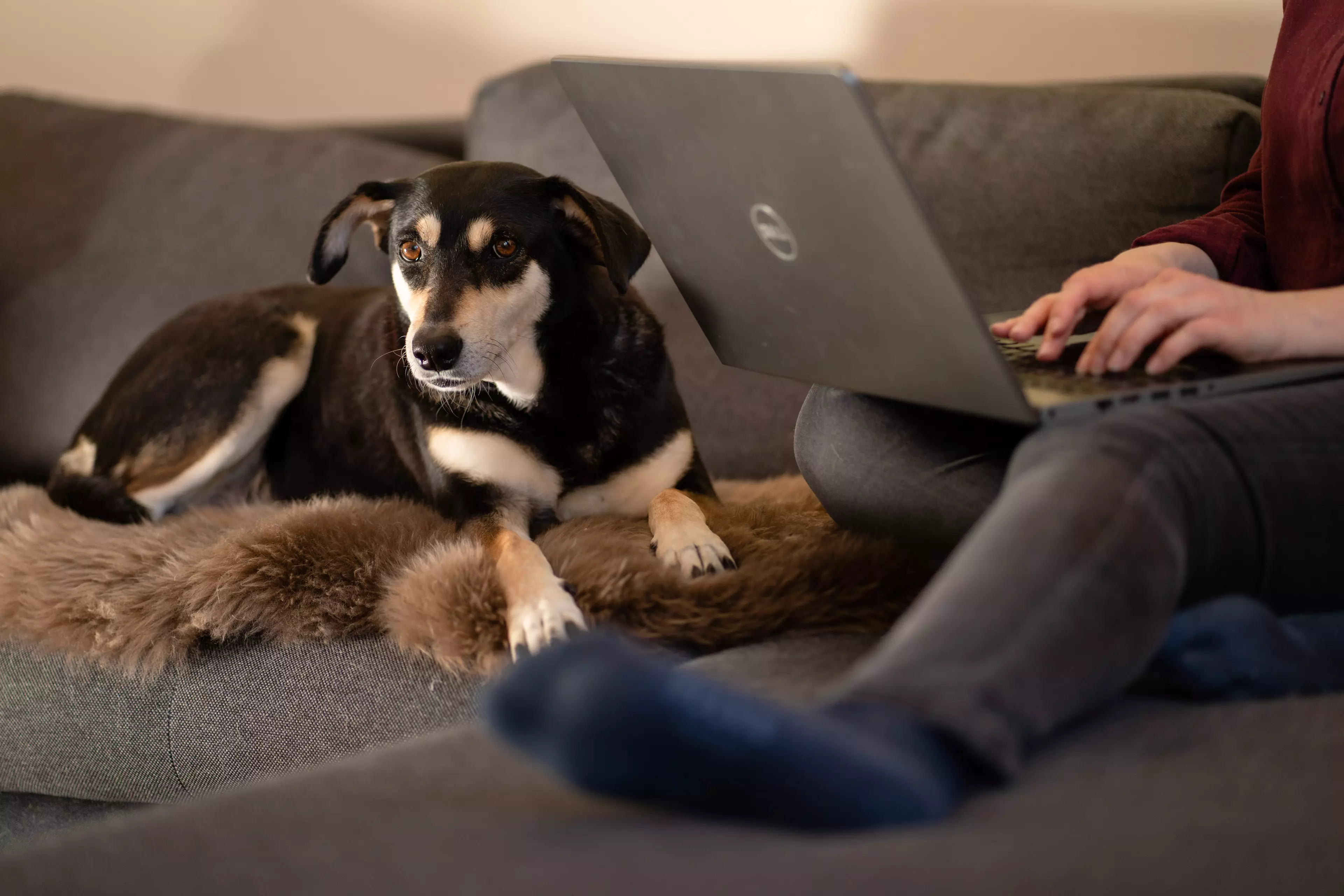
Pets bought during lockdown are at risk of experiencing separation anxiety when rules are relaxed, with an animal behaviour expert saying animals that have not been 'taught how to cope when left on their own' may suffer from 'anxiety, panic and distress' when their owners leave them.
Tammie King, Technical Leader in Applied Behaviour at Mars Petcare's Waltham science centre, recently shared a LinkedIn post that posed the question: "Is your pet ready for life post-lockdown?"
In the post, King explains that when life returns to some state of normal, people will inevitably be spending more time outside of their homes, and that this can impact our pets - especially young animals that have had no experience of being alone.
Advert
"If they haven't been taught how to cope on their own, your absence can be stressful," King writes.

"For puppies and kittens, it may be their first experience of being home alone. For older pets, it may be having to return to a routine that they may have forgotten."
She continues to say that dogs and cats are social species and often bond with their caregivers, meaning that if they've not had any grounding of how to cope when left alone, they can 'suffer anxiety, panic and distress when their family members (both people and/or pets) leave them'.
Advert
King says that stressed pets display a range of behaviours, and that owners should be on the lookout for: restlessness; hypervigilance; pacing; repetitive behaviours; shaking/shivering; vocalisations (whining, barking, howling, meowing); destruction of property (chewing, scratching, digging); salivation; panting; self-mutilation; over-grooming; lack of appetite; inappropriate elimination (urination, defecation, spraying); and/or attempting to escape.
The solution, King believes, is all about how we support our pets during the transition, outlining three key stages to help prevent separation anxiety.
"First, create a safe and comfortable area for your pet. For example, a crate or a secure room (kitchen or utility)," she says.
"This should be a fun place for your pet, with a bed, toys, water etc."
Advert
For the first level, King says: "Regularly take your pet here to teach them it is a good place to be. Feeding meals in this area helps to build positive associations with this area. Try doing this when you are not near them."

Moving on to level two, she continues: "Enclose your pet in this safe place with a treat while you go to another room briefly. Return & release your pet without making a fuss. Leaving and returning should be a neutral event (not cause excitement or fear). Repeat, and gradually increase the time you are away in small increments. Your pet should learn that when you leave, good things will happen i.e. they get a treat or a chew toy."
Finally, level tree: "It's time to start leaving house. As before, slowly build up the time you are away."
Advert
King adds that every pet is different, and that if yours becomes anxious or stressed, simply return to the level where it was 'most comfortable and confident'.
She also says that if you've followed the above steps and suspect your pet is still suffering, enlist the help of others including dog walkers, doggy day care, pet sitters, friends and family.
Read King's full LinkedIn post here.
Featured Image Credit: PA